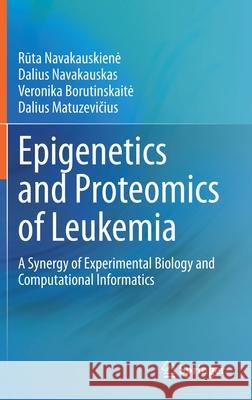Epigenetics and Proteomics of Leukemia: A Synergy of Experimental Biology and Computational Informatics » książka
topmenu
Epigenetics and Proteomics of Leukemia: A Synergy of Experimental Biology and Computational Informatics
ISBN-13: 9783030687076 / Angielski / Twarda / 2021 / 410 str.
Epigenetics and Proteomics of Leukemia: A Synergy of Experimental Biology and Computational Informatics
ISBN-13: 9783030687076 / Angielski / Twarda / 2021 / 410 str.
cena 637,20 zł
(netto: 606,86 VAT: 5%)
Najniższa cena z 30 dni: 638,73 zł
(netto: 606,86 VAT: 5%)
Najniższa cena z 30 dni: 638,73 zł
Termin realizacji zamówienia:
ok. 16-18 dni roboczych.
ok. 16-18 dni roboczych.
Darmowa dostawa!
Kategorie:
Kategorie BISAC:
Wydawca:
Springer
Język:
Angielski
ISBN-13:
9783030687076
Rok wydania:
2021
Wydanie:
2021
Ilość stron:
410
Waga:
0.82 kg
Wymiary:
23.39 x 15.6 x 2.54
Oprawa:
Twarda
Wolumenów:
01
Dodatkowe informacje:
Wydanie ilustrowane











